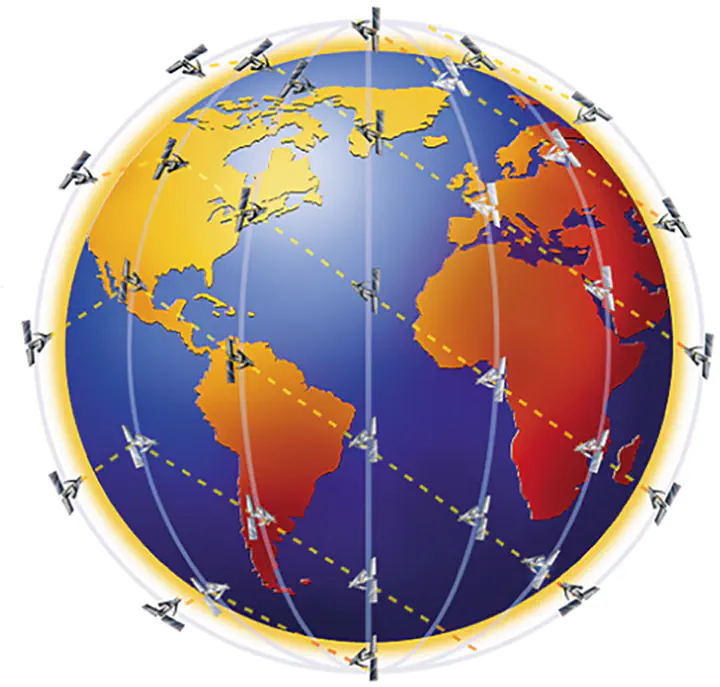Iridium Communications Satellite Constellation Data for Study of Earth's Magnetic Field

Abstract
Characterization of Earth’s magnetic field is key to understanding dynamics of the core. We assess whether Iridium Communications magnetometer data can be used for this purpose since. The 66 Iridium satellites are in 86$^∘$ inclination, 780 km altitude, circular orbits, with 11 satellites in each of six orbit planes. In one day the constellation returns 300,000 measurements spanning the globe with $<$2$^∘$ spacing. We used data from January 2010 through November 2015, and compared against International Geomagnetic Reference Field (IGRF-11) to inter-calibrate all data to the same model. Geomagnetically quiet 24-h intervals were selected using the total Birkeland current, auroral electrojet, and ring current indices. The z-scores for these quantities were combined and the quietest 16 intervals from each quarter selected for analysis. Residuals between the data and IGRF-11 yield consistent patterns that evolve gradually from 2010 to 2015. Residuals for each day were binned in 9$^∘$ latitude by 9$^∘$ longitude and the distributions about the mean in each bin are Gaussian with 1-sigma standard errors of $∼$3 nT. Spherical harmonic coefficients for each quiet day were computed and time series of the coefficients used to identify artifacts at the orbit precession (8 months) and seasonal (12 months) periods and their harmonics which were then removed by notch filtering. This analysis yields time series at 800 virtual geomagnetic observatories each providing a global field map using a single day of data. The results and CHAOS 7.4 generally agree, but systematic differences larger than the statistical uncertainties are present that warrant further exploration.